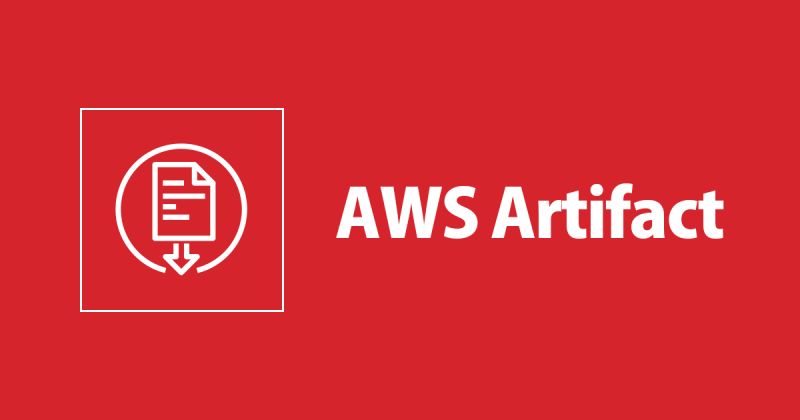A Beginner's Guide to Implementing Artifacts in AWS
 Sumit Mondal
Sumit Mondal
Introduction:
In the vast realm of cloud computing, Amazon Web Services (AWS) stands as a prominent player, offering a myriad of services to meet diverse business needs. One such service that proves invaluable in ensuring security and compliance is AWS Artifact. In this blog, we'll take you through a step-by-step guide on how to implement Artifact in AWS, making it easy even for beginners.
What is AWS Artifact?
AWS Artifact is a portal that provides access to various compliance reports and documentation, simplifying the process of ensuring your AWS environment meets regulatory requirements. This includes reports on PCI DSS, ISO, and SOC, among others, which are essential for businesses aiming to build trust and credibility.
Let's dive into the implementation process:
Step 1: Accessing AWS Artifact
1.1. Log in to the AWS Management Console: Begin by logging into your AWS account. If you don't have an account, you'll need to create one.
1.2. Navigate to AWS Artifact: Once logged in, go to the AWS Artifact console. You can find it by using the search bar or locating it under the "Security, Identity, & Compliance" section.
Step 2: Understanding AWS Artifact Offerings
2.1. Explore the available artifacts: AWS Artifact offers different types of documents, such as Compliance Reports, Agreements, and more. Familiarize yourself with these offerings to understand which documents are relevant to your compliance needs.
Step 3: Retrieving Compliance Reports
3.1. Choose the desired report: Select the compliance report that aligns with your requirements. Common reports include PCI DSS, ISO 27001, and SOC 2.
3.2. Download the report: Once you've selected the report, click on the "Download" button to retrieve the document. These reports serve as evidence of your AWS environment's compliance with specific standards.
Step 4: Accessing AWS Artifact Agreements
4.1. Explore agreements: AWS Artifact also provides access to various agreements, such as the Business Associate Addendum (BAA) for healthcare organizations. Understand the agreements that may be applicable to your business.
4.2. Review and accept agreements: If necessary, review and accept agreements directly through the AWS Artifact console.
Step 5: Managing Access to AWS Artifact
5.1. Delegate access: To allow other team members to access AWS Artifact, use AWS Identity and Access Management (IAM) to delegate appropriate permissions. This ensures that only authorized individuals can retrieve and manage compliance documents.
Conclusion:
Implementing AWS Artifact is a straightforward process that significantly contributes to maintaining a secure and compliant AWS environment. By following these steps, even beginners can access the necessary documentation, thereby fostering trust with clients, partners, and regulatory bodies. AWS Artifact is a valuable tool in the journey toward a robust and secure cloud infrastructure.
Subscribe to my newsletter
Read articles from Sumit Mondal directly inside your inbox. Subscribe to the newsletter, and don't miss out.
Written by

Sumit Mondal
Sumit Mondal
Hello Hashnode Community! I'm Sumit Mondal, your friendly neighborhood DevOps Engineer on a mission to elevate the world of software development and operations! Join me on Hashnode, and let's code, deploy, and innovate our way to success! Together, we'll shape the future of DevOps one commit at a time. #DevOps #Automation #ContinuousDelivery #HashnodeHero